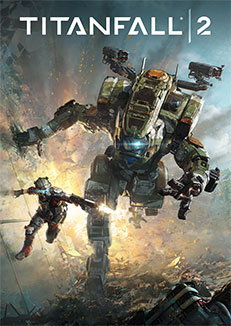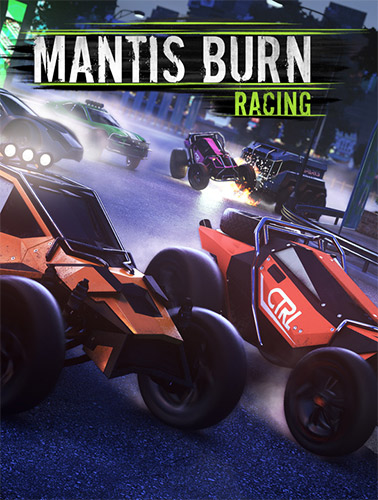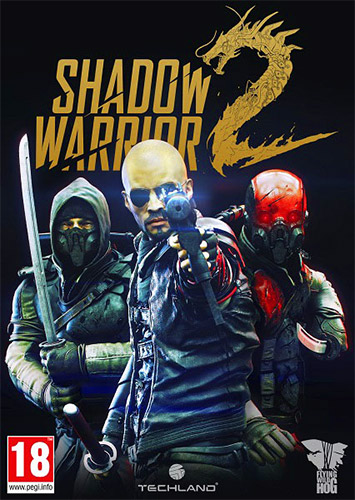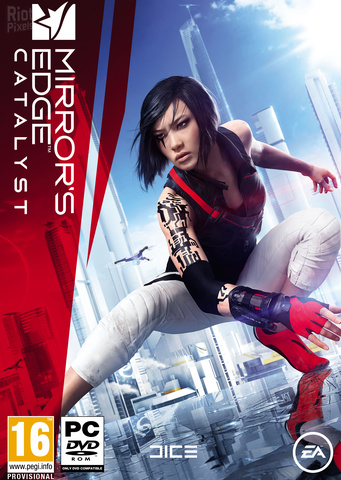Titanfall 2

The multiplayer maps offered a glimpse into an intriguing sci-fi universe filled with towering robots, warring factions, and a Wild West slice of space known as the Frontier. What Titanfall lacked was true story mode. You were never able to really interact with that universe in a satisfying or meaningful way. You never learned about the important events that shaped it, or the characters that dwelled within. It was background.With the sequel, developer Respawn has produced full-on single-player campaign. The story itself isn’t exactly unique or original, pulling heavily from blockbuster sci-fi and buddy cop movies, but it’s still a fun (if fleeting) romp. And it adds a texture that Titanfall as a franchise desperately needs to compete with increasingly large and expansive shooters.If you played the first game, you’ll already have a vague idea of the setup of Titanfall’s world. Two sides wage war in a little-explored area of the galaxy. On one side you have the wealthy and presumably evil IMC, a powerful corporate conglomerate. On the other there’s a ragtag group of soldiers known as the Militia. It’s basically the Empire vs. the Rebels, but with mech suits instead of the Force. Dubbed titans, these massive mechs are the staples of this ongoing war, and each one is operated by a seemingly superhuman soldier known as a pilot. The core of Titanfall 2’s new story is exploring the bond between pilots and titans.The game puts you in the role of Jack Cooper, a lowly militia soldier with dreams of one day becoming a pilot with a titan of his very own. It happens much sooner than he would’ve imagined: when his commanding officer is killed out in the field, Cooper and his boss’ titan have no choice but to join forces in order to survive. Over the six or so hours the campaign lasts, you’ll learn more about the two factions and their war, as you venture through IMC facilities, track down high-ranking officers, and even jump back in time to learn more about one of the key plot points.

![Grand Theft Auto 5 (v1.0.877.1/v1.36, MULTI11) [FitGirl Ultra Repack 2.1]](https://images4et.com/images/torrents/5239137.jpg)






